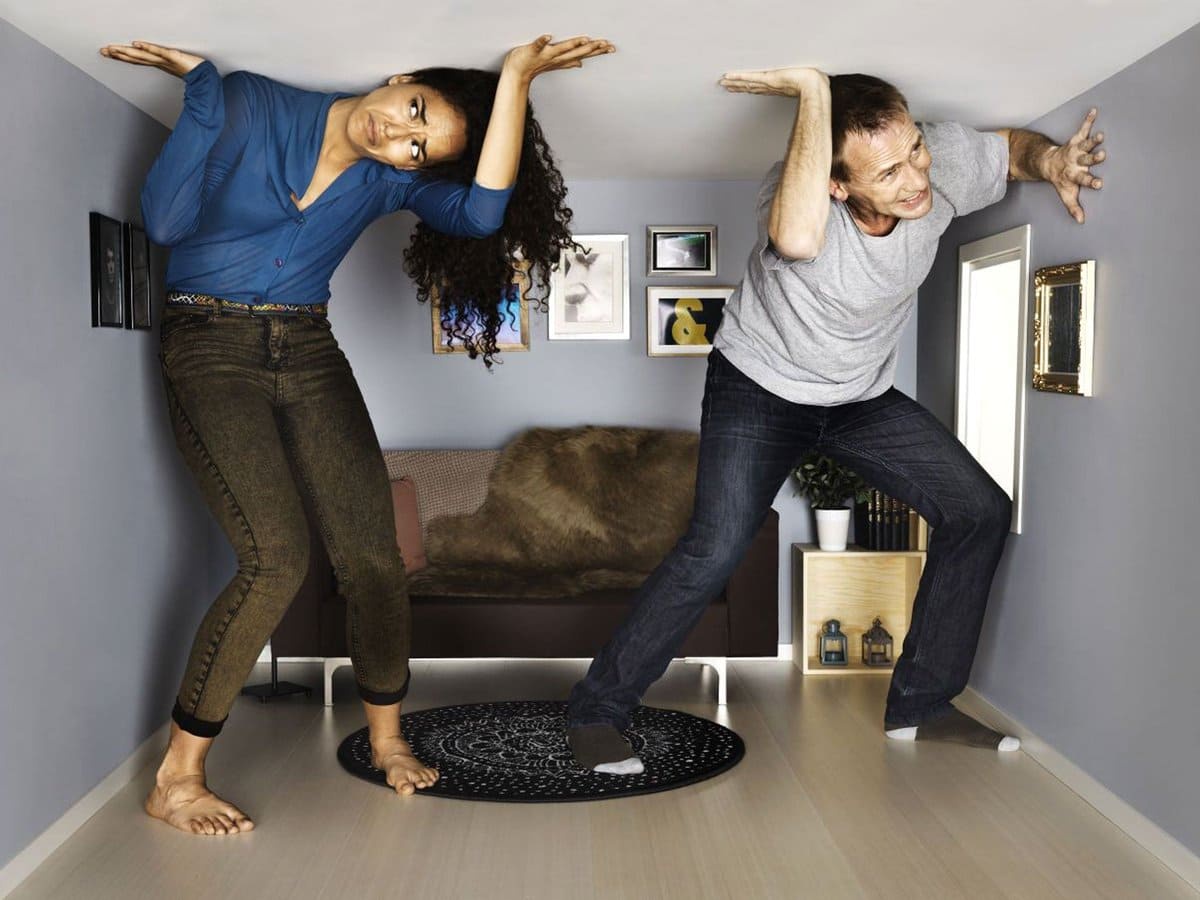Claustrophobia is one of the most common fears. Many people do not even realize that they have this phobia. If it starts to progress, it limits and worsens a person's life.
What is claustrophobia?
A noisy group of children whose parents had just gotten apartments in a high-rise building enjoyed riding the elevator up and down. This entertainment aroused more interest than swings. But one girl, huddled in a ball, just watched their antics. When persuaded to go for a ride, she shook her head and said she was afraid. She was also afraid of the narrow corridors. Later, her parents found out that their daughter was claustrophobic.
What is claustrophobia? It is a psychopathological symptom that manifests itself in the fear of closed or cramped spaces, explain the authors of the book "Handbook of Psychiatry". The intricate name comes from the Latin word "claustrum" - "closed room" and the Greek word "φοβία" - "fear".
Read also: NotCoin what is it? TON cryptocurrency from Telegram
Claustrophobia is one of the most common pathological fears. Its degree depends on how small or crowded a room may seem to the sufferer. Often, those who suffer from claustrophobia have limited personal space. They may experience panic from being too close to another person, explains psychiatrist Jeffrey Dietzell.
In the world, about 5-7% of people suffer from severe claustrophobia, Leahy Robert writes in the book Phobias: A Handbook of Theory, Research, and Treatment.
How claustrophobia manifests itself
A person suffering from claustrophobia has two main fears: fear of confinement and fear of suffocation. These fears manifest themselves in a closed room, especially if it is small and has few windows. Therefore, a person always tries to keep the door open and be closer to the exit. Anxiety increases if there is no way out of the closed room. It can be an elevator (such people usually use the stairs), a train car, or an airplane.
A person with claustrophobia is afraid of dense crowds, queues in a store, tunnels, basements, caves, MRI or CT scanners, and even cars and buses. The feeling of fear can overtake her in the hairdresser's and dentist's chair. But it will not be fear for the future hairstyle or fear that the doctor will hurt. It will be a phobia of confinement.
Claustrophobia is expressed not only by the words "I'm afraid" but also has a physical manifestation in the form of a panic attack, which is manifested by a rapid heartbeat, body trembling, sweating, and shortness of breath. A person may experience dizziness, pre-fainting, nausea, shame, or chest pain. A phobia can cause an unreasonable sense of insurmountable threat, confusion, and disorientation.
You can, of course, avoid triggering situations, but this significantly limits your options and reduces your quality of life. It is better to consult a psychotherapist.
Why does claustrophobia appear?
Claustrophobia can develop in an overly vulnerable person with a weak psyche as a result of a childhood trauma or an acute situation in adulthood, such as a fire. It may be due to a dysfunction of the amygdala, the part of the brain that controls the processing of fear. Claustrophobia can develop in a child who lives next to an adult who has this fear.
Other cases can also provoke the onset of a phobia:
- a child or even an adult is locked in a dark room and cannot find the light switch;
- a person gets lost in a mirrored room or maze;
- a child is locked in a drawer or closet, left in a locked car;
- a baby gets lost in a crowd;
- an adult or child falls into a swimming pool and does not know how to swim;
- a child puts his head between the fence bars and gets stuck.
If you see that your son or daughter is afraid to stay in a locked room, do not punish him or her in this way. Fear can develop into an anxiety disorder.
John A. Speirer writes in his book "Claustrophobia and the Fear of Death" that the development of claustrophobia can be associated with birth trauma, when an infant feels completely helpless.
Read also: What Jolie and Pitt's biological son Knox looks like today
Claustrophobia is an irrational fear. Once in a closed room, a person realizes that they are not in danger, but they are still afraid.
What to do and how to live with it
How to get rid of claustrophobia? For some people, claustrophobia can disappear on its own. Others need psychotherapy to cope with the symptoms and make their lives easier, says Jeffrey Dietzell. It may include:
- Cognitive-behavioral therapy (CBT) and rational-emotional-behavioral therapy (REPT). Psychotherapy teaches how to manage and change negative thoughts and develop a healthy alternative.
- Exposure therapy, the main idea of which is that the more a person faces his or her fear, the less he or she is afraid.
- Relaxation and visualization: counting down from 10, deep breathing, meditation, imagining that you are in a safe place.
Psychotherapy may also include medication.
If an attack has already occurred, use the following techniques to help yourself:
- Breathe slowly and deeply, counting to 3 with each breath.
- Focus on something safe, such as watching the clock tick by.
- Remind yourself that there is no real threat, direct your thoughts in a positive direction, focus on what makes you feel safe.
How to get an MRI if you have claustrophobia? In the course of research published in the journal Cyberpsychology and Behavior, scientists found that distraction with virtual reality can help those who suffer from claustrophobia to get an MRI. Listening to music proved to be less effective.
Claustrophobia is not so rare in our lives. But with the help of psychotherapy, you can learn to manage your fear or get rid of it forever.


No comments yet